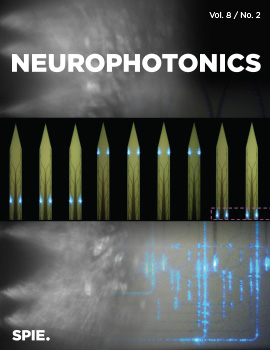Robert Luke, Eric Larson, Maureen Shader, Hamish Innes-Brown, Lindsey Van Yper, Adrian K. Lee, Paul Sowman, David McAlpine
Neurophotonics, Vol. 8, Issue 02, 025008, (May 2021) https://doi.org/10.1117/1.NPh.8.2.025008

TOPICS: Statistical analysis, Analytical research, Data modeling, Hemodynamics, Neurophotonics, Brain, Sensors, Statistical modeling, Error analysis, Algorithm development
Significance: Functional near-infrared spectroscopy (fNIRS) is an increasingly popular tool in auditory research, but the range of analysis procedures employed across studies may complicate the interpretation of data.
Aim: We aim to assess the impact of different analysis procedures on the morphology, detection, and lateralization of auditory responses in fNIRS. Specifically, we determine whether averaging or generalized linear model (GLM)-based analysis generates different experimental conclusions when applied to a block-protocol design. The impact of parameter selection of GLMs on detecting auditory-evoked responses was also quantified.
Approach: 17 listeners were exposed to three commonly employed auditory stimuli: noise, speech, and silence. A block design, comprising sounds of 5 s duration and 10 to 20 s silent intervals, was employed.
Results: Both analysis procedures generated similar response morphologies and amplitude estimates, and both indicated that responses to speech were significantly greater than to noise or silence. Neither approach indicated a significant effect of brain hemisphere on responses to speech. Methods to correct for systemic hemodynamic responses using short channels improved detection at the individual level.
Conclusions: Consistent with theoretical considerations, simulations, and other experimental domains, GLM and averaging analyses generate the same group-level experimental conclusions. We release this dataset publicly for use in future development and optimization of algorithms.



 Receive Email Alerts
Receive Email Alerts